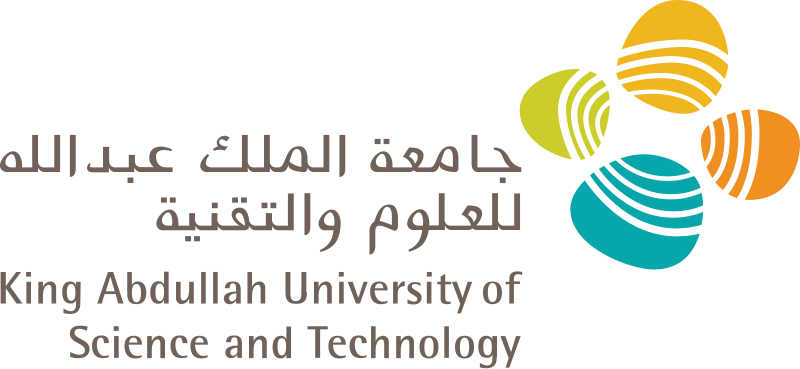
Registration Opens for SAF 2025: International STEAM Azerbaijan Festival Welcomes Global Youth
The International STEAM Azerbaijan Festival (SAF) has officially opened registration for its 2025 edition!

The 2026 QS World University Rankings have been released, highlighting the world’s top-performing universities based on academic reputation, employability, research output, and international outlook.
According to the QS World University Rankings 2026, over 1,500 universities from more than 100 countries worldwide were evaluated, making it the largest edition in the ranking’s history. MIT secured the top spot for the 14th consecutive year, scoring a perfect 100 in both academic reputation and employer reputation. Notably, Stanford University moved up to #3, and Imperial College London maintained its strong global position at #2. Asian universities continue to rise, with the National University of Singapore (NUS) holding steady in the top 10 at #8, reflecting significant investment in research and internationalization across the region. Additionally, Sunway University in Malaysia recorded the largest improvement, climbing over 120 spots in the global rankings.
Top 10 Universities in QS World University Rankings 2026:
According to QS, the rankings are based on the following key indicators:
MIT consistently performs well across research influence, employer reputation, and faculty resources, which contribute to its dominance at the top.
Unlike QS, other rankings have different priorities. The Times Higher Education (THE) rankings balance teaching, research, citations, and industry income, while the Academic Ranking of World Universities (ARWU or Shanghai Ranking) focuses heavily on research output and prestigious awards like Nobel Prizes. QS tends to emphasize and focus on reputation and international diversity more than these other systems.
Asian universities continue to climb steadily in the 2026 QS World University Rankings, highlighting the region’s growing investment in research and global academic reputation. The National University of Singapore (NUS) remains in the top 10 at #8, maintaining its position from last year and reinforcing its status as Asia’s leading university. Peking University also shows strong performance, ranked at #14 globally. Meanwhile, Tsinghua University moved up to #17, improving from its previous rank of #20, driven by its growing research output, international collaborations, and global influence.
In Europe, ETH Zurich has maintained its position as the 7th best university globally for the third consecutive year, solidifying its place as the top university in continental Europe and a leader in engineering and natural sciences. At the same time, Imperial College London continues to hold a prominent position at #2, reflecting its ongoing excellence in science, engineering, and innovation on the international stage.

(National University of Singapore)

(Imperial College London)
Critics argue that traditional global rankings tend to favor large, English-speaking, research-intensive universities, at the expense of smaller or non‑Anglophone institutions. For instance, QS and THE rankings rely heavily on citation metrics, which advantage STEM-focused and English-publishing universities, while systematically undervaluing humanities, social sciences, and non-English scholarship. A United Nations University expert group has further criticized these rankings, stating they “promote a narrow and simplistic version of success” and perpetuate inequalities, because they don’t account for diverse missions or resource disparities across regions (Phys.org, 2023).
With international mobility rising and education becoming more global, rankings like these offer valuable insight, but they don’t tell the whole story. Students are advised to consider curriculum, campus life, financial aid, and location alongside rankings when choosing a university.
Sources:
https://www.topuniversities.com/world-university-rankings
https://www.topuniversities.com/qs-world-university-rankings/methodology
https://phys.org/news/2023-11-rethinking-quality-experts-global-university.html
Share

Registration Opens for SAF 2025: International STEAM Azerbaijan Festival Welcomes Global Youth
The International STEAM Azerbaijan Festival (SAF) has officially opened registration for its 2025 edition!

Join the Edu-live Internship Program!
Are you passionate about journalism, education, science, as well as global study and development opportunities? Do you want to be part of a dynamic media platform that brings educational and scientific news and stories to life from around the world?

Applying to KAUST - Your Complete Guide for Masters & Ph.D. Programs (Upcoming Admissions)
Admissions Overview & Key Requirements

Young Leaders Union Conference 2025 in Paris (Fully Funded)
Join Global Changemakers in Paris! Fully Funded International Conference for Students, Professionals, and Social Leaders from All Nationalities and Fields

An mRNA cancer vaccine may offer long-term protection
A small clinical trial suggests the treatment could help keep pancreatic cancer from returning

Yer yürəsinin daxili nüvəsində struktur dəyişiklikləri aşkar edilib
bu nəzəriyyənin doğru olmadığı məlum olub. Seismik dalğalar vasitəsilə aparılan tədqiqatda daxili nüvənin səthindəki dəyişikliklərə dair qeyri-adi məlumatlar əldə edilib.